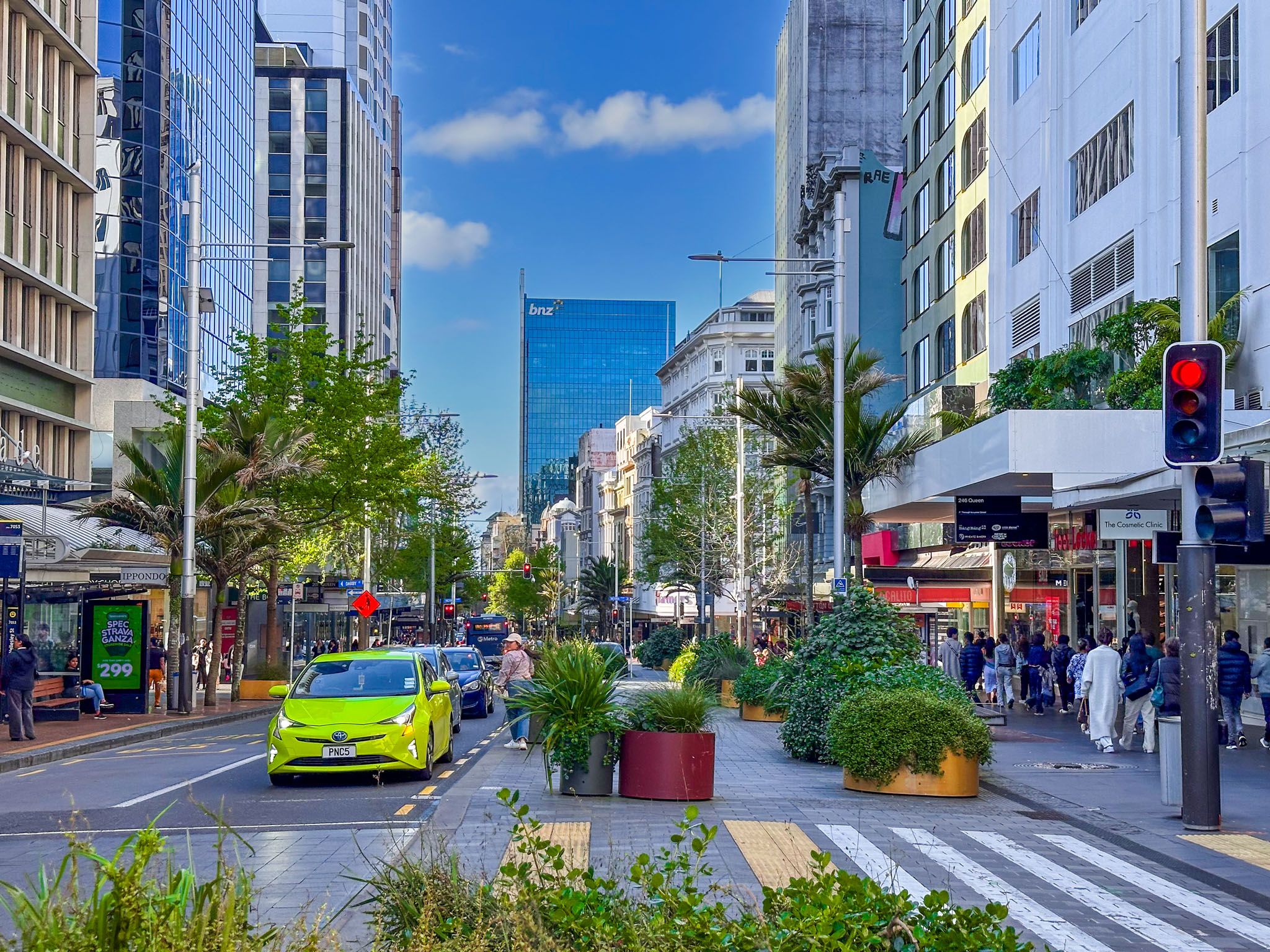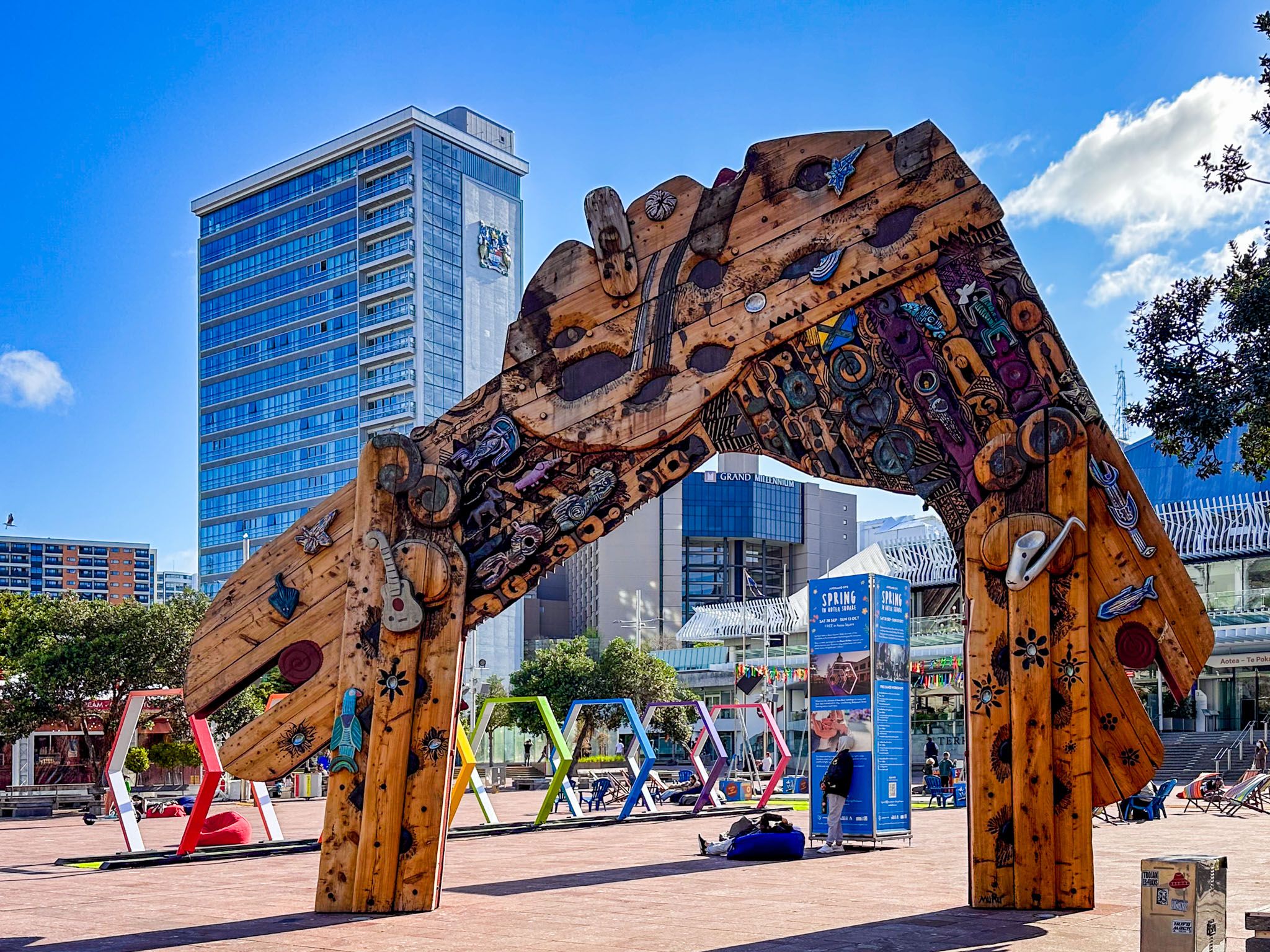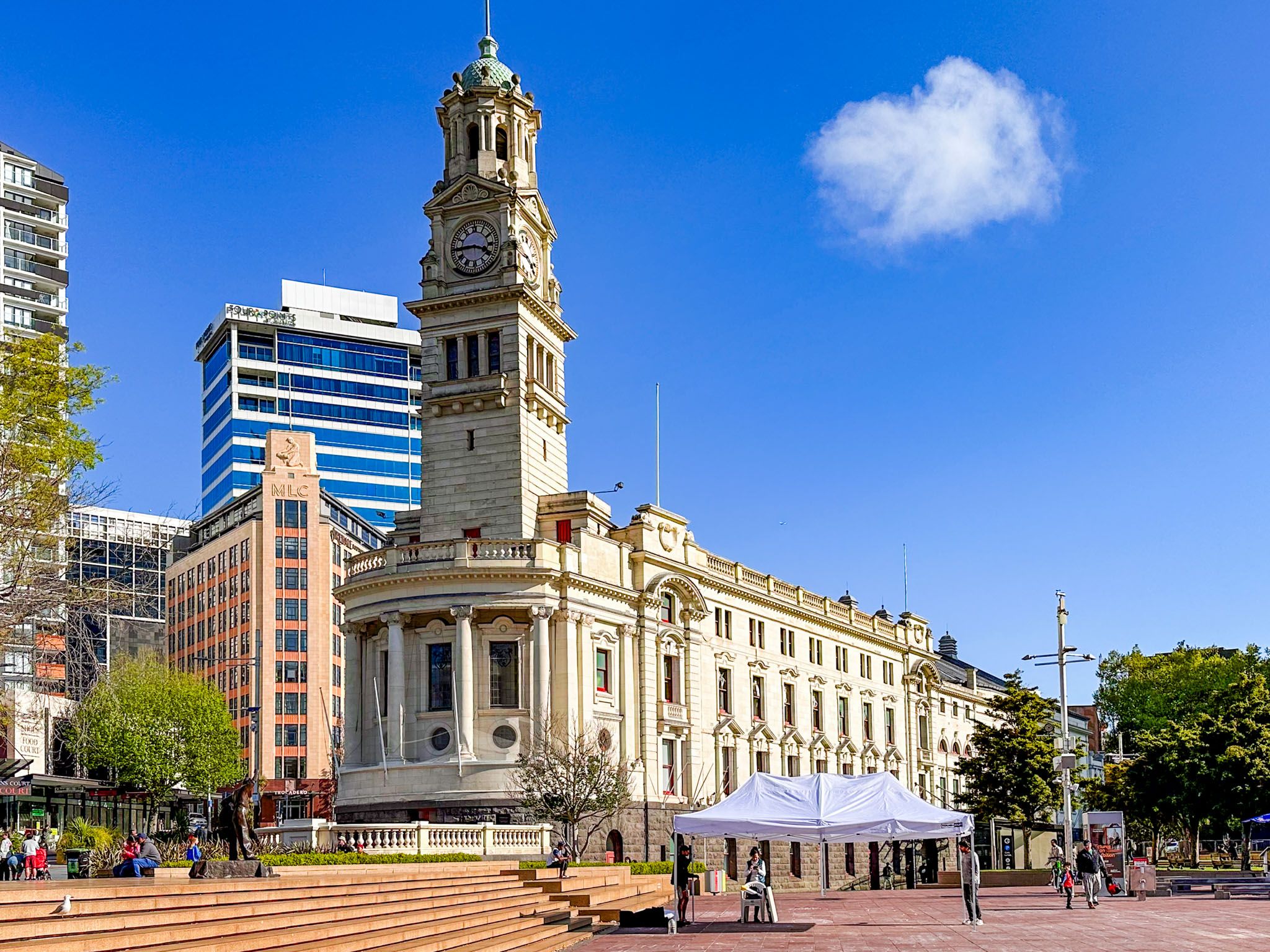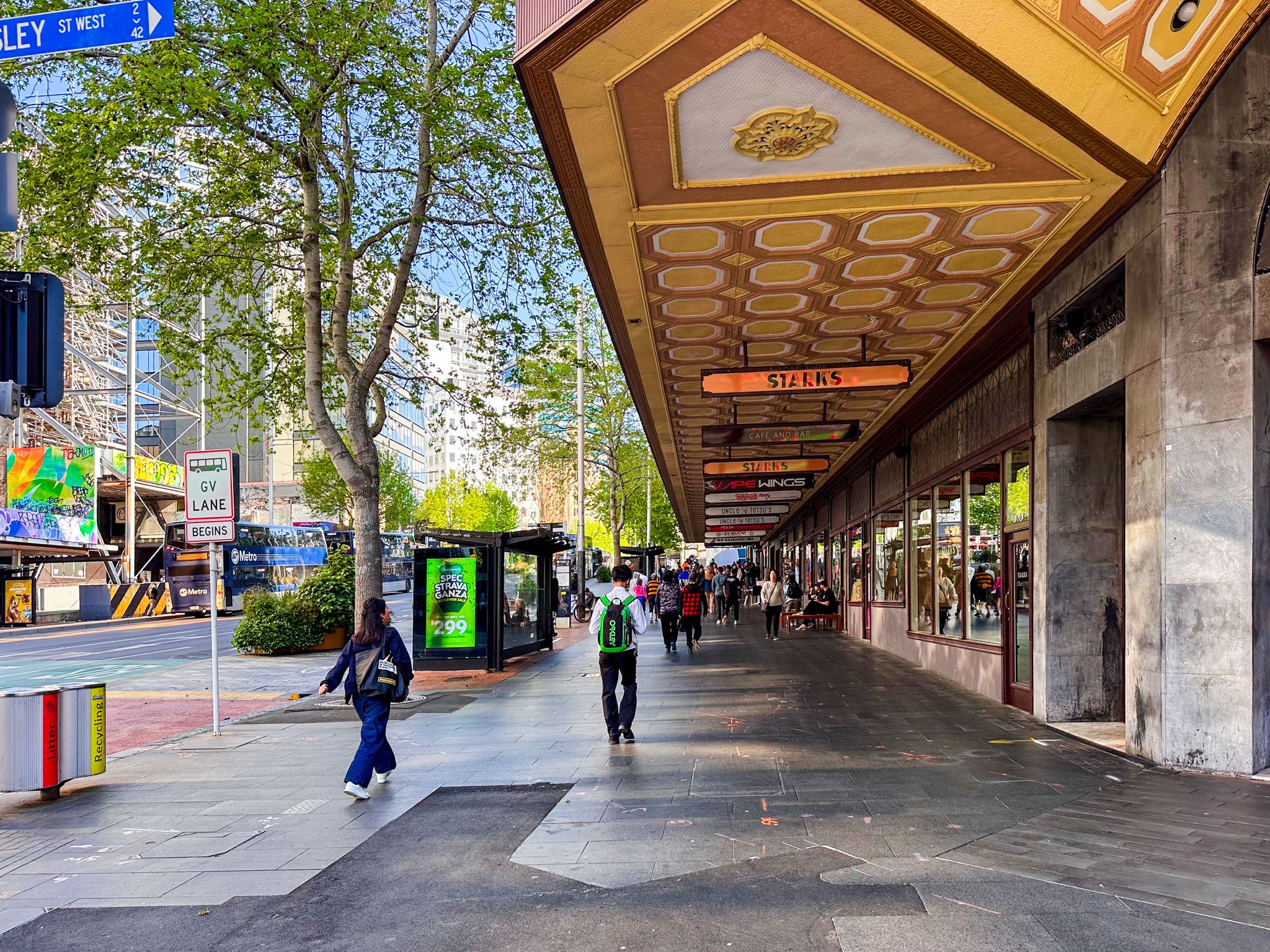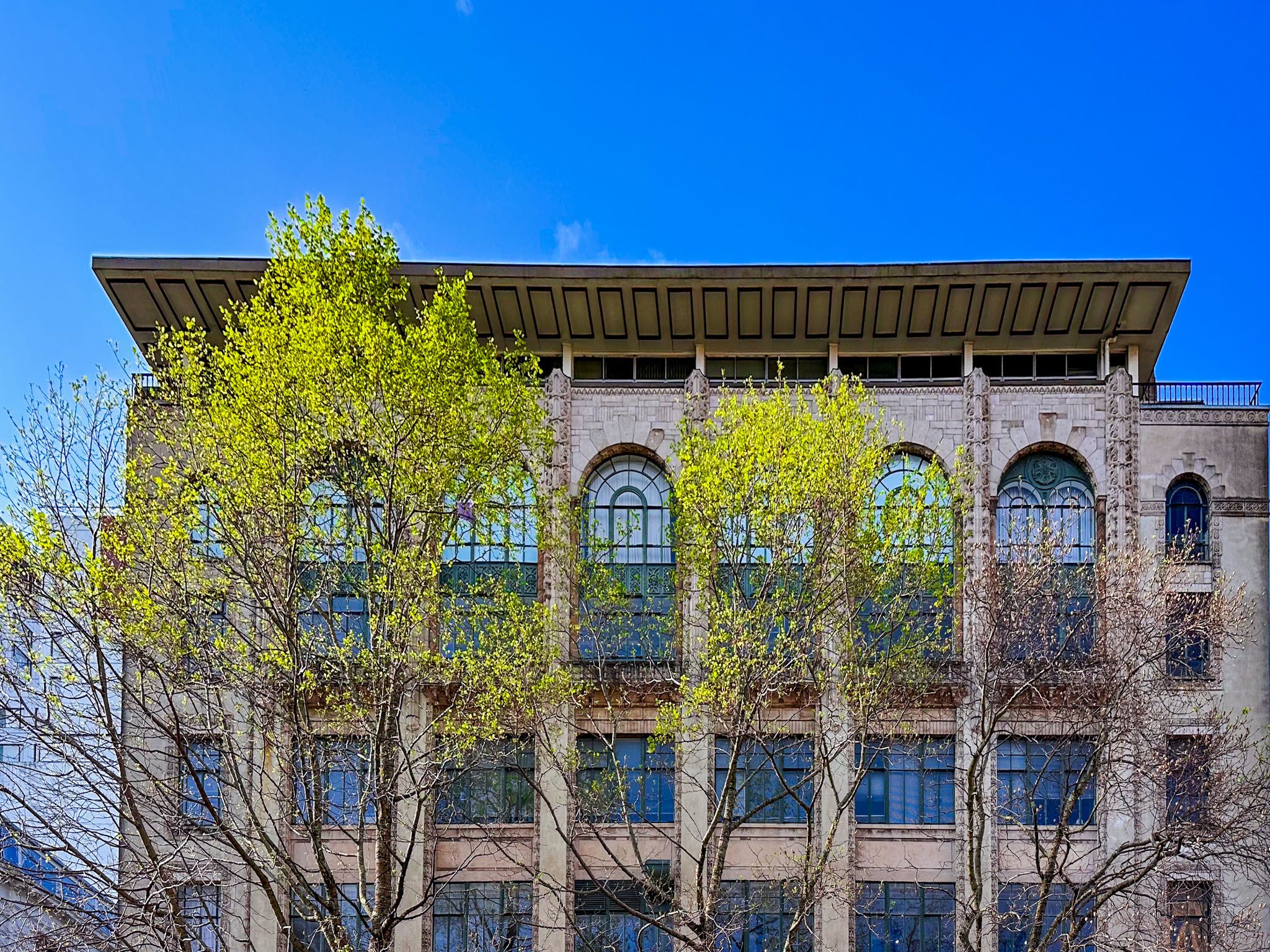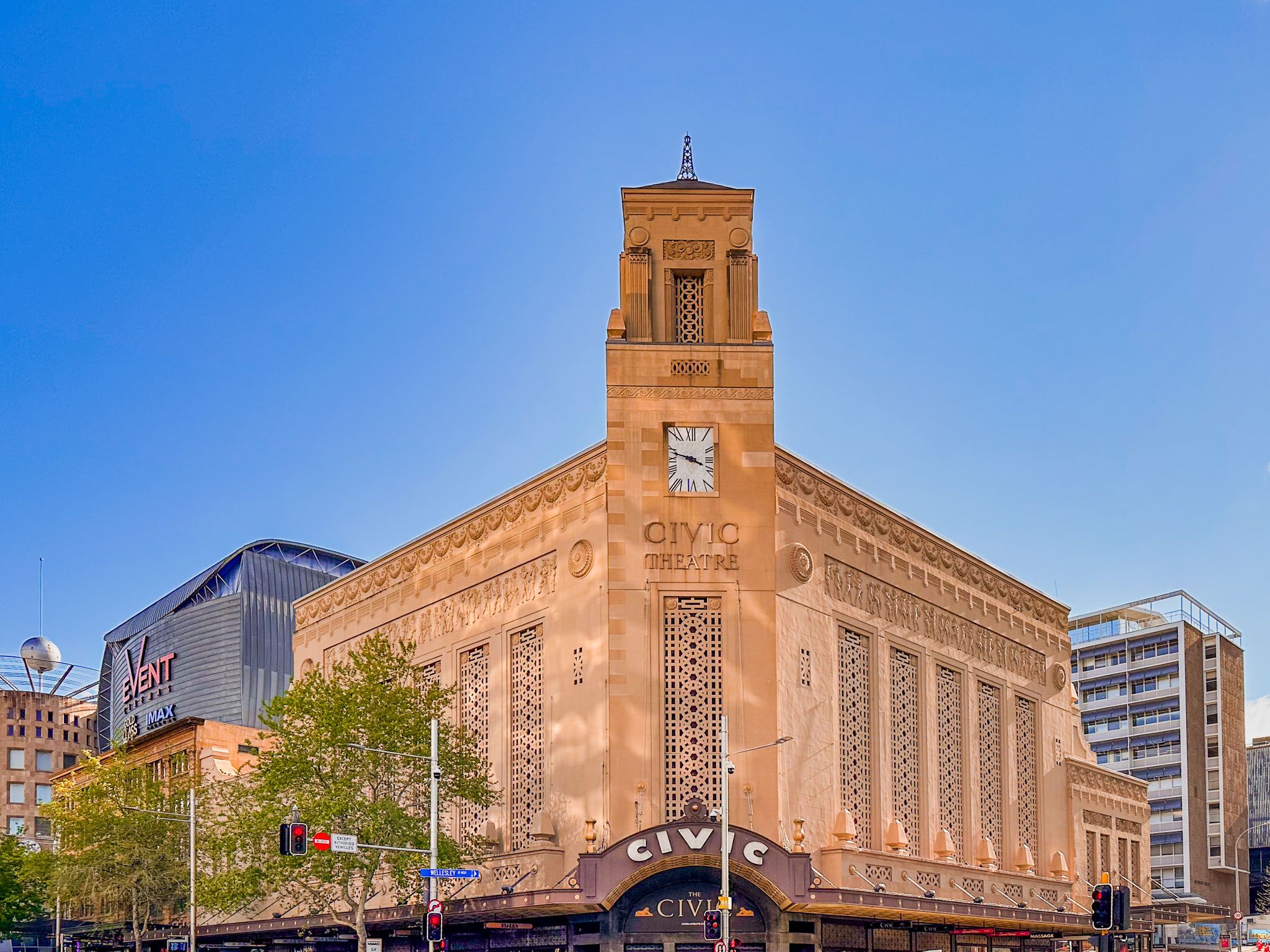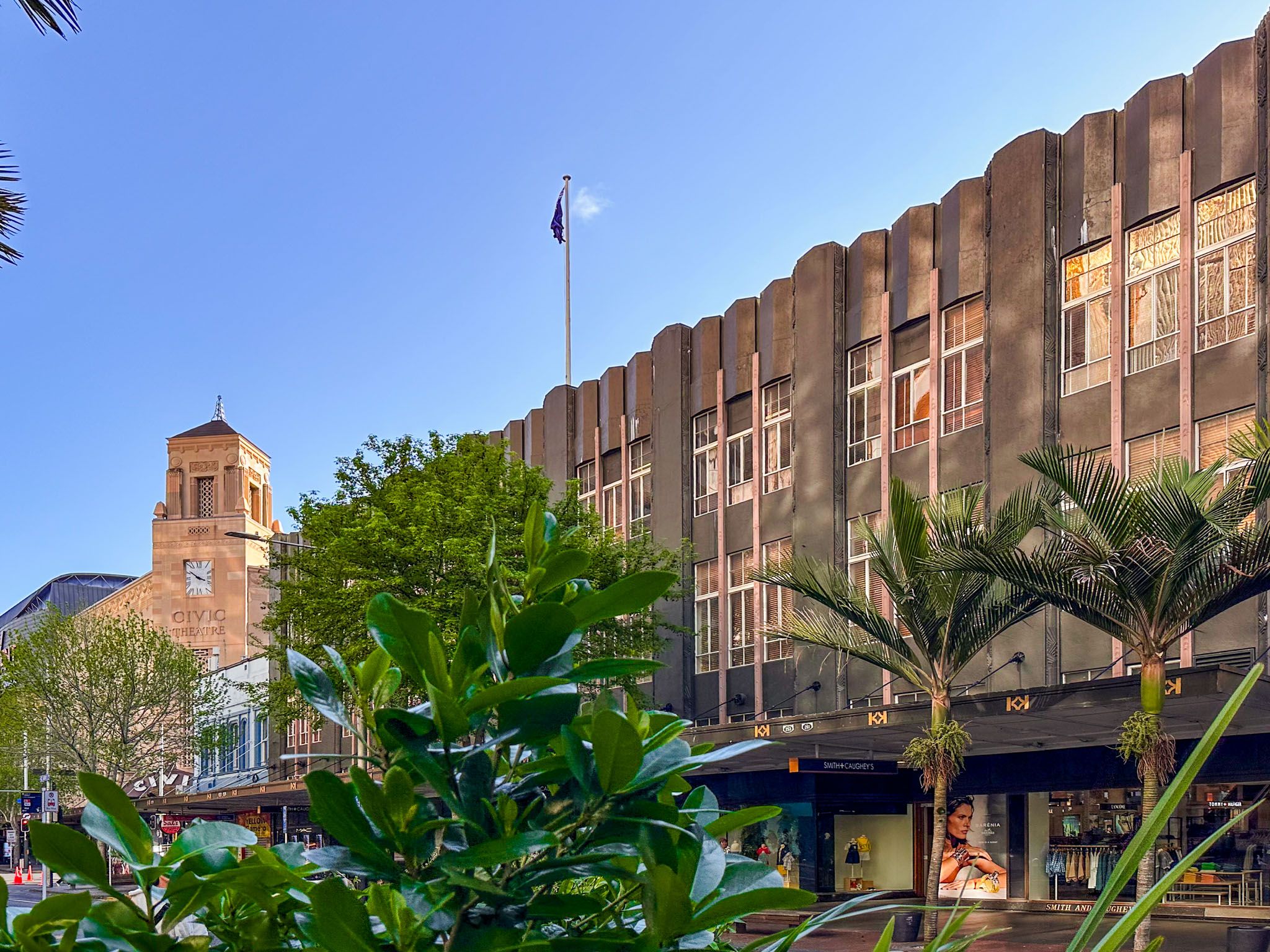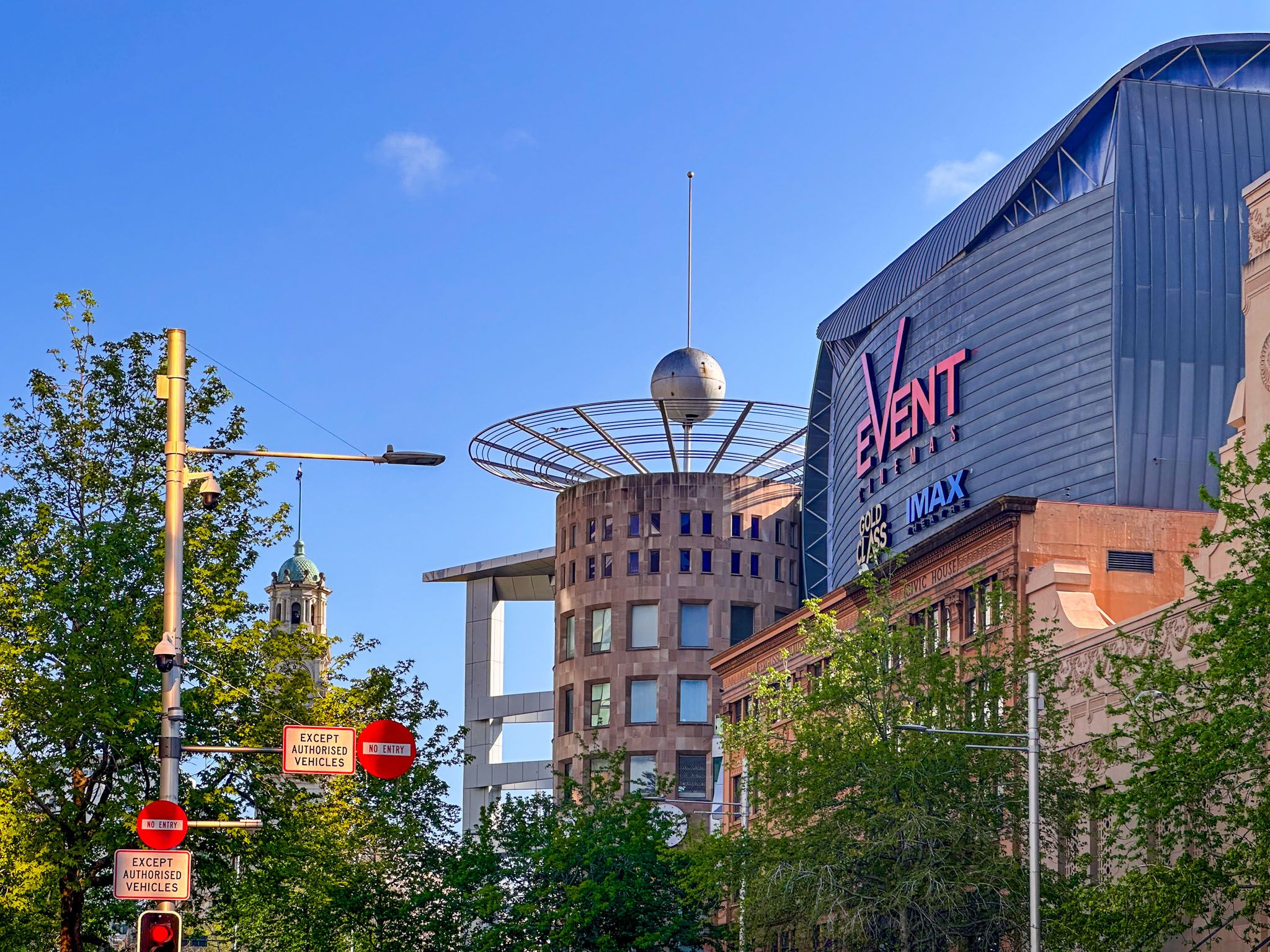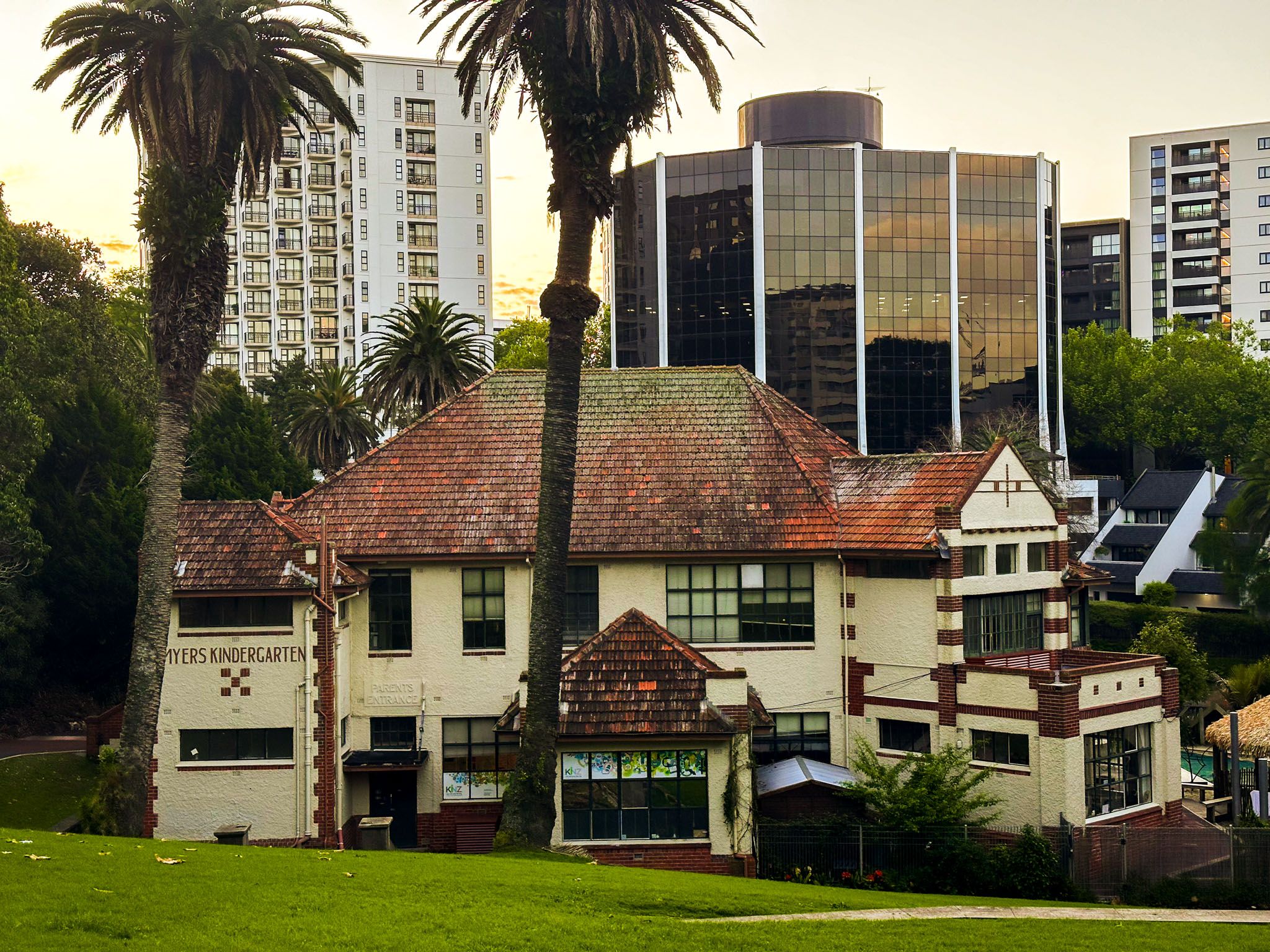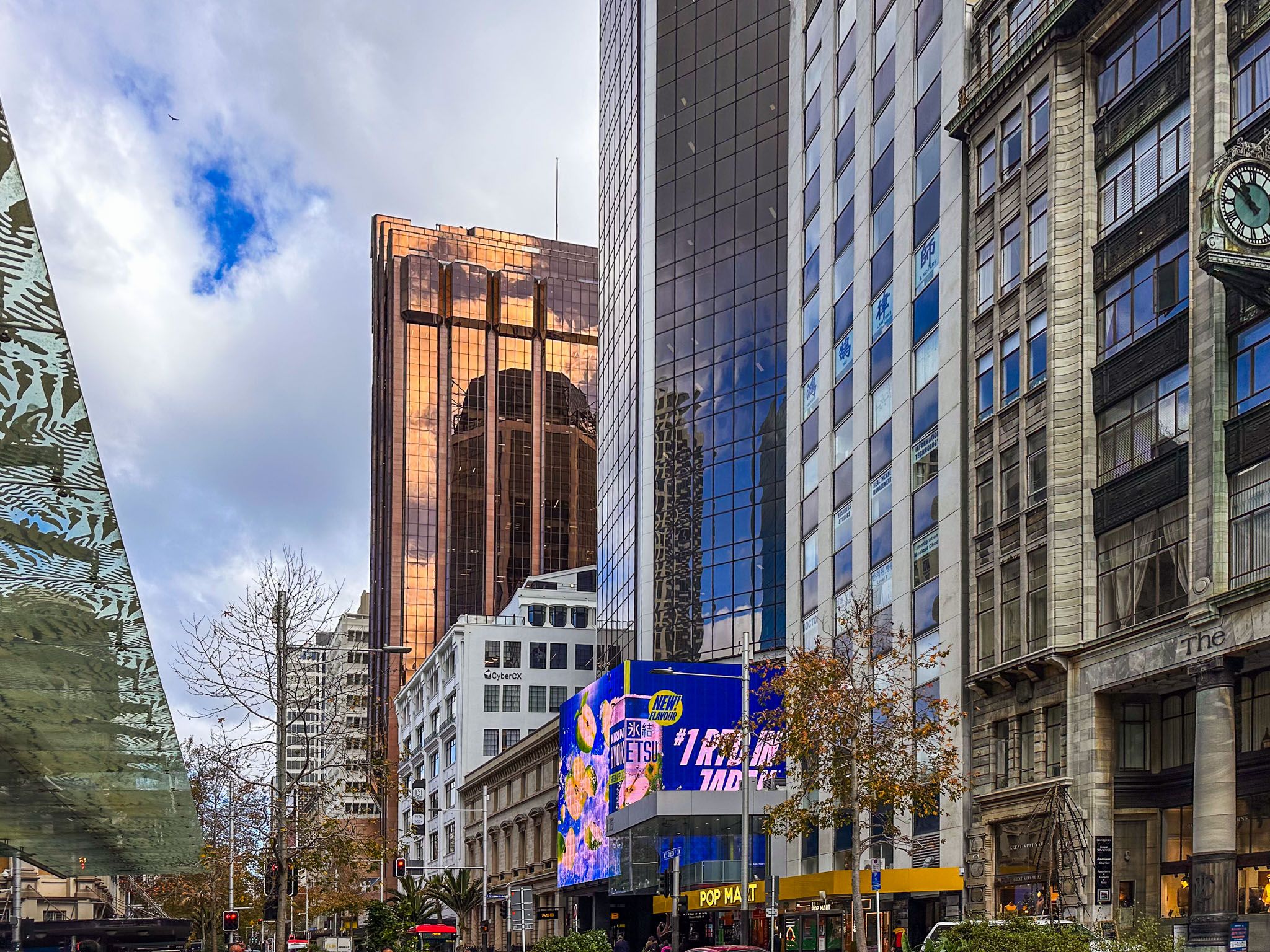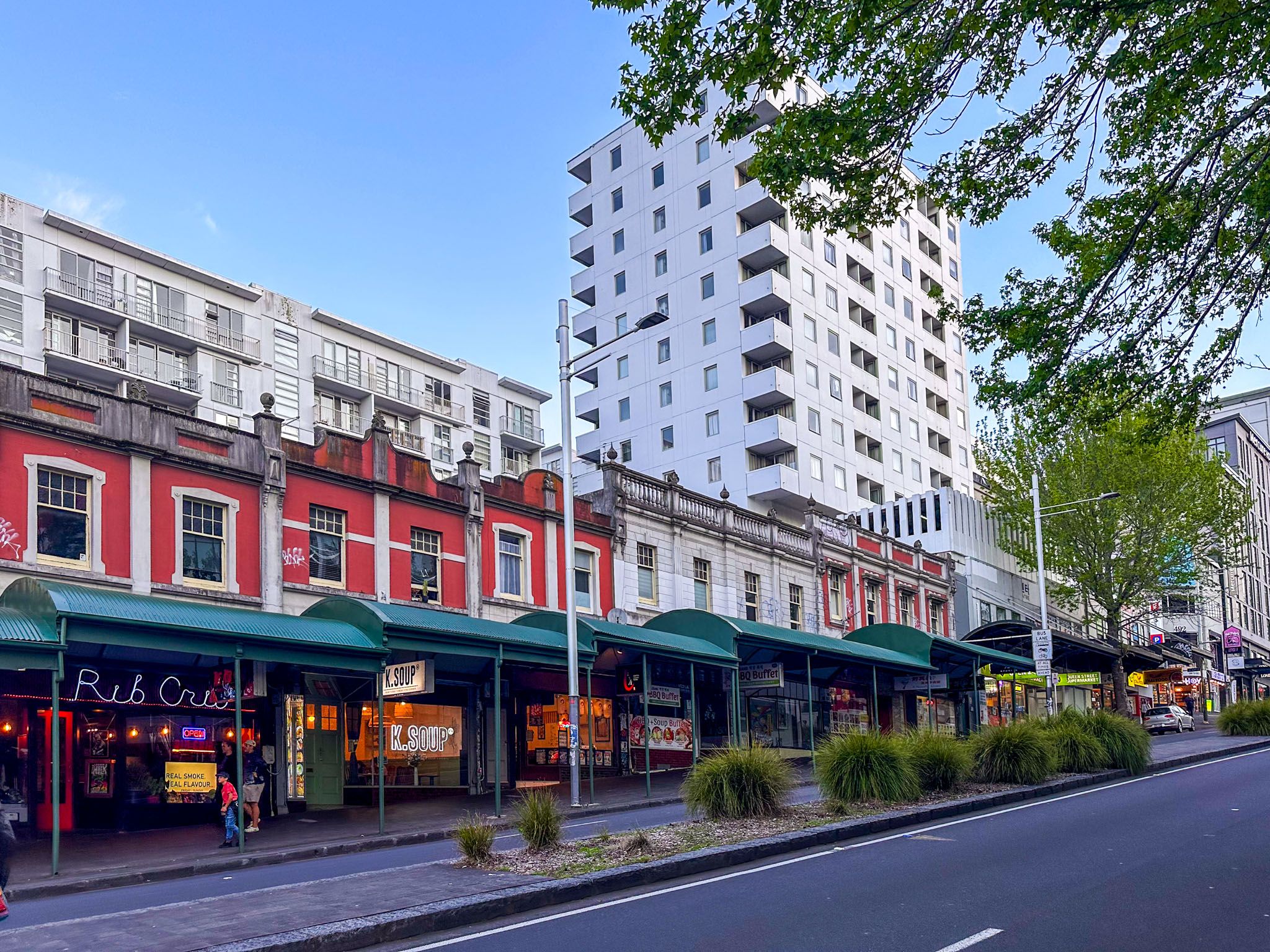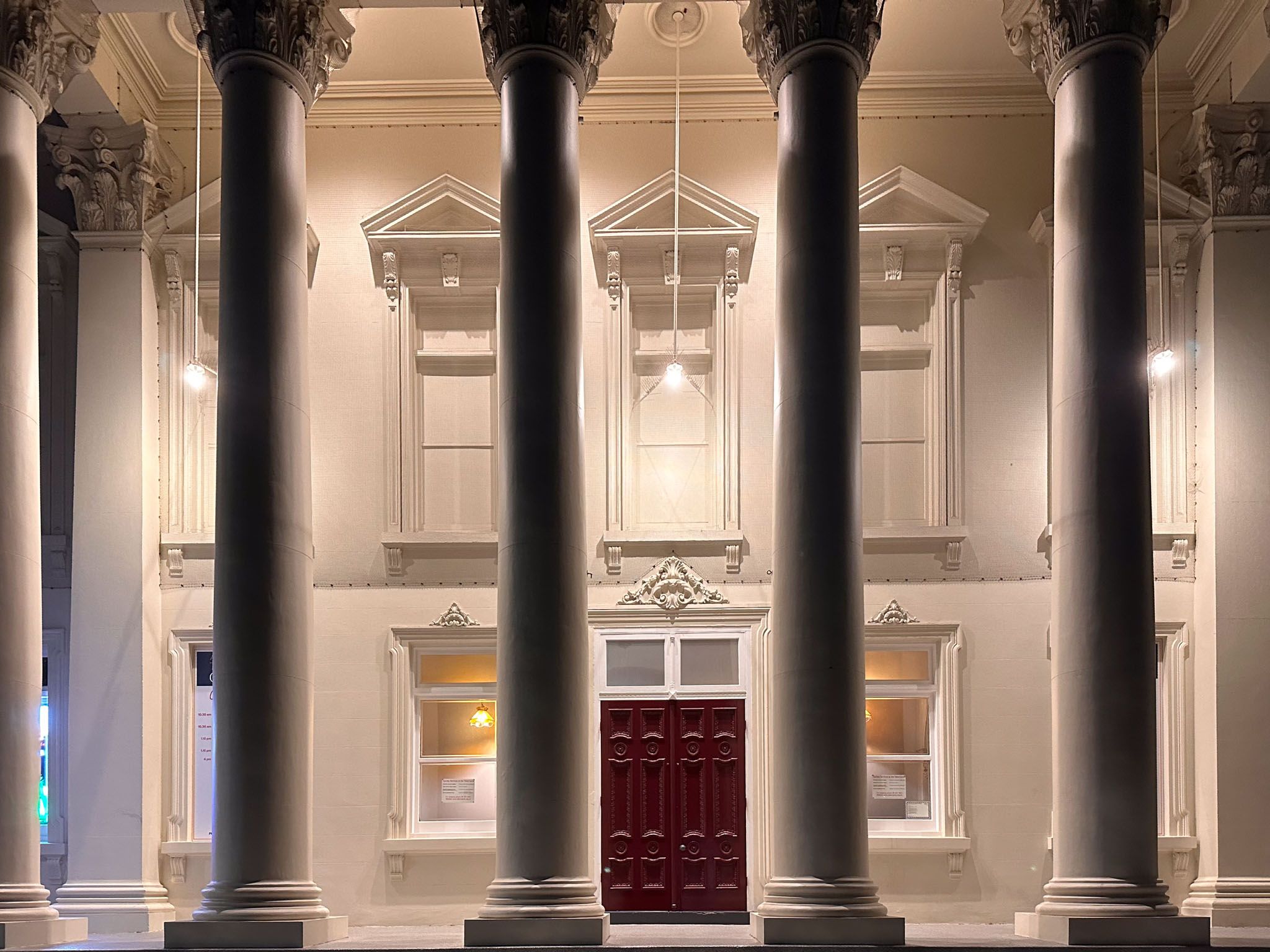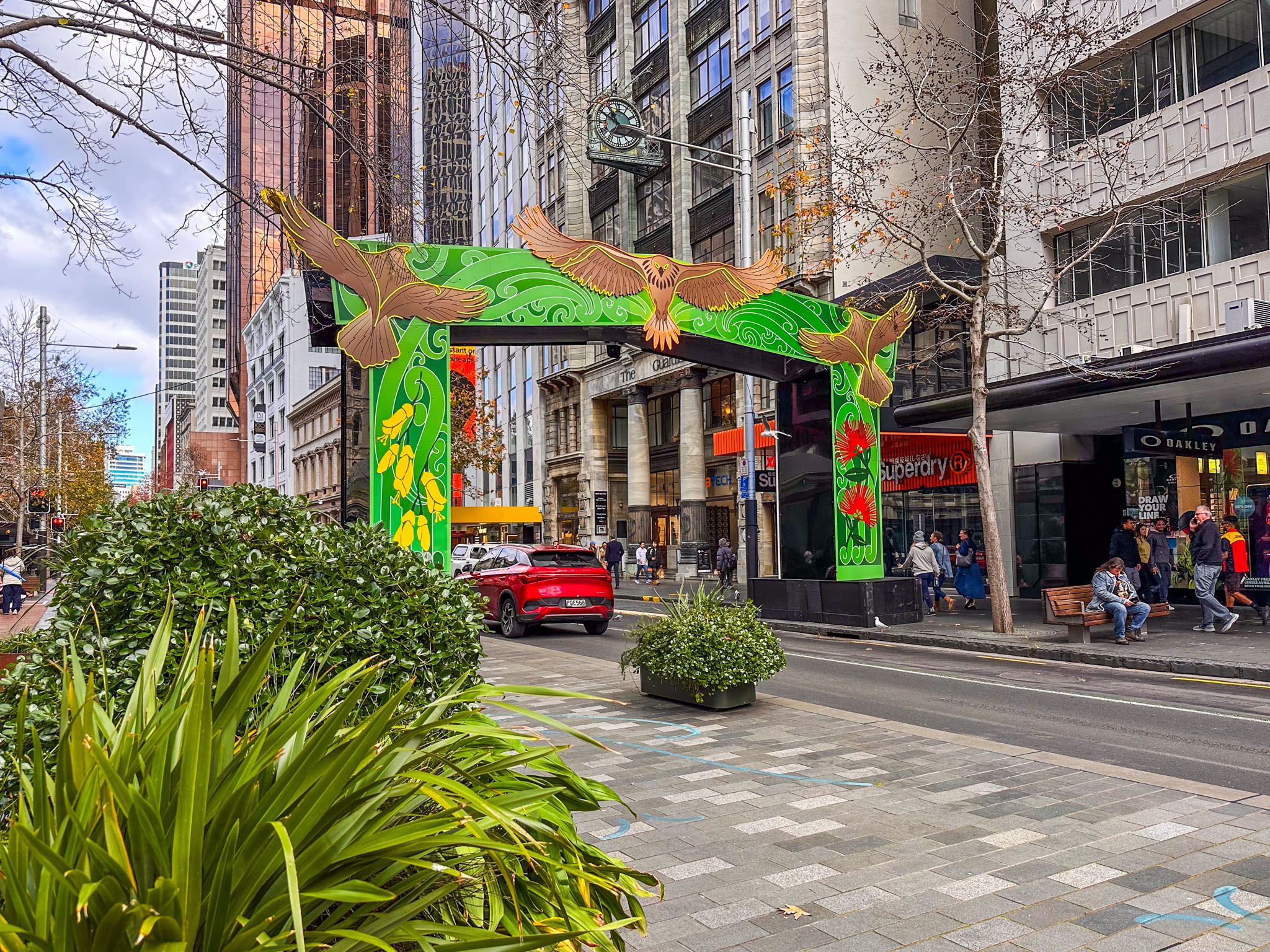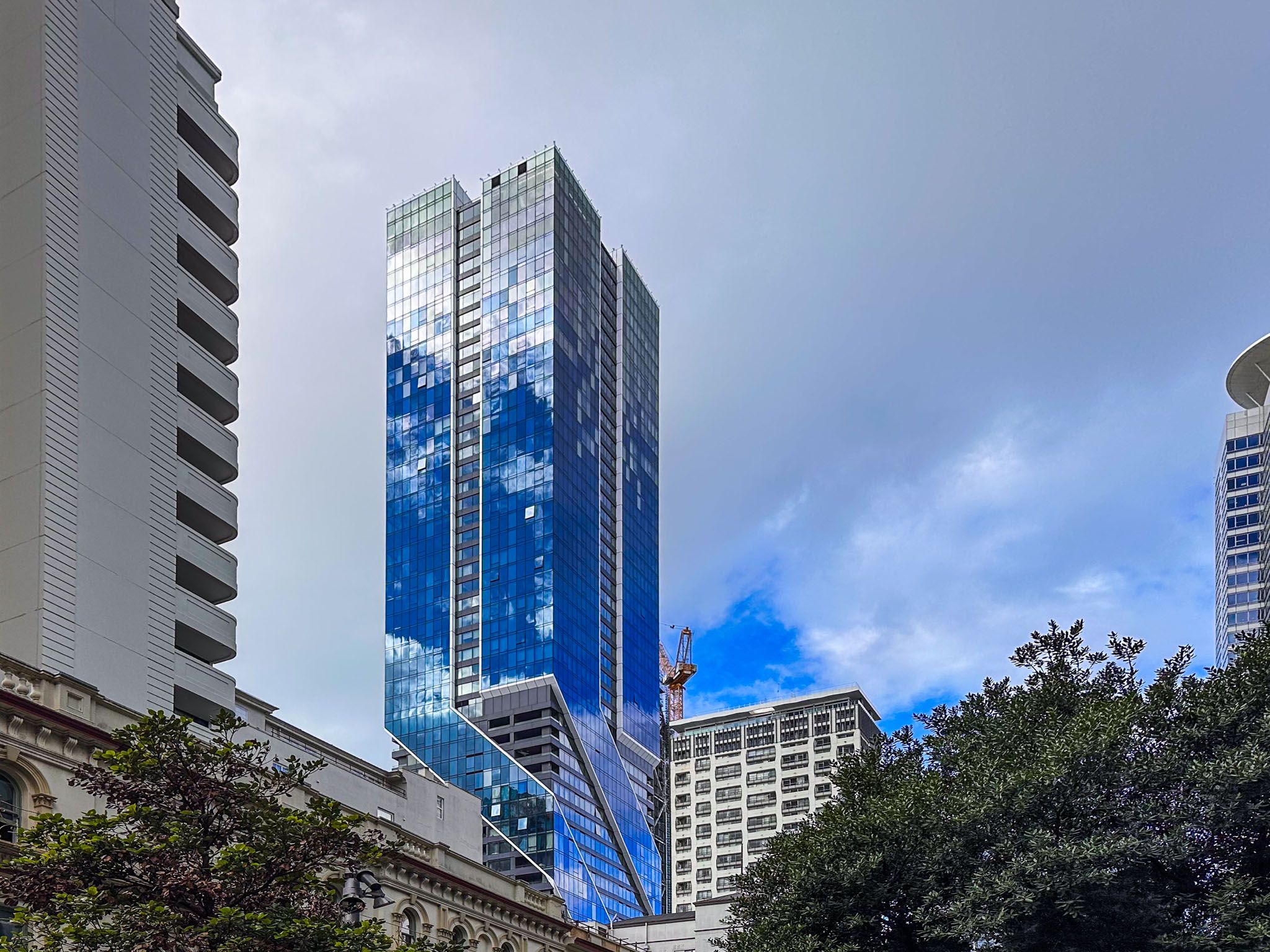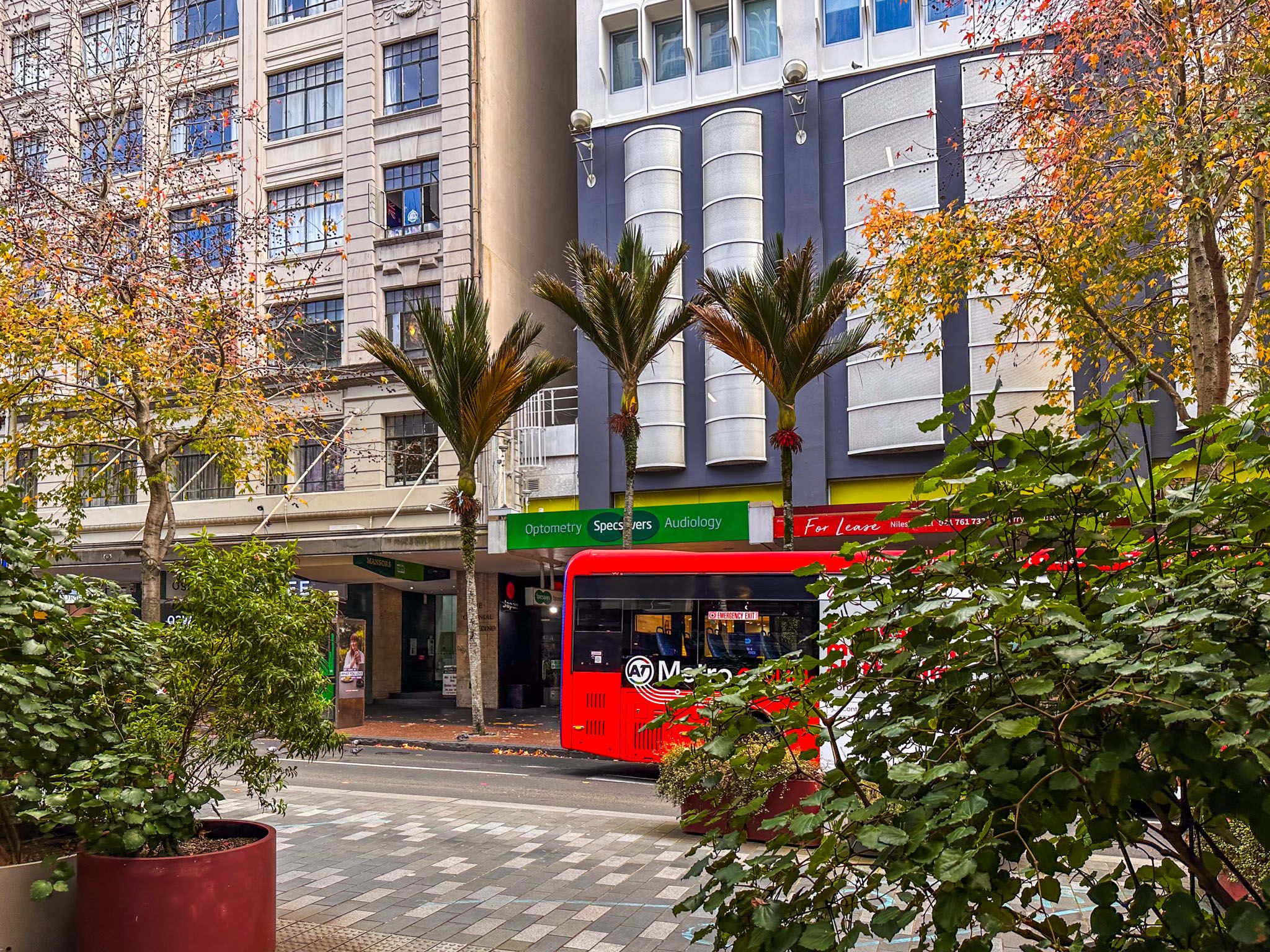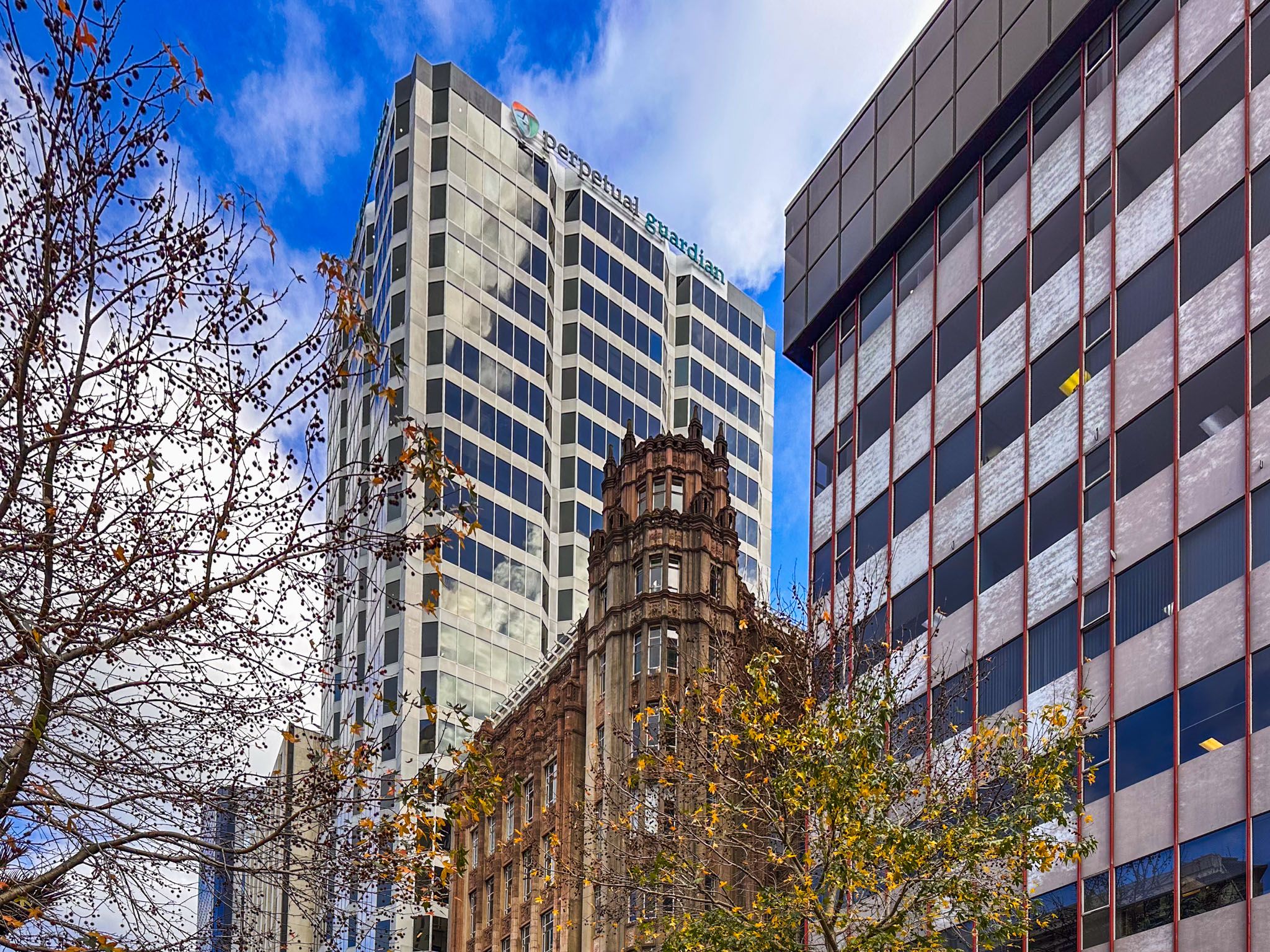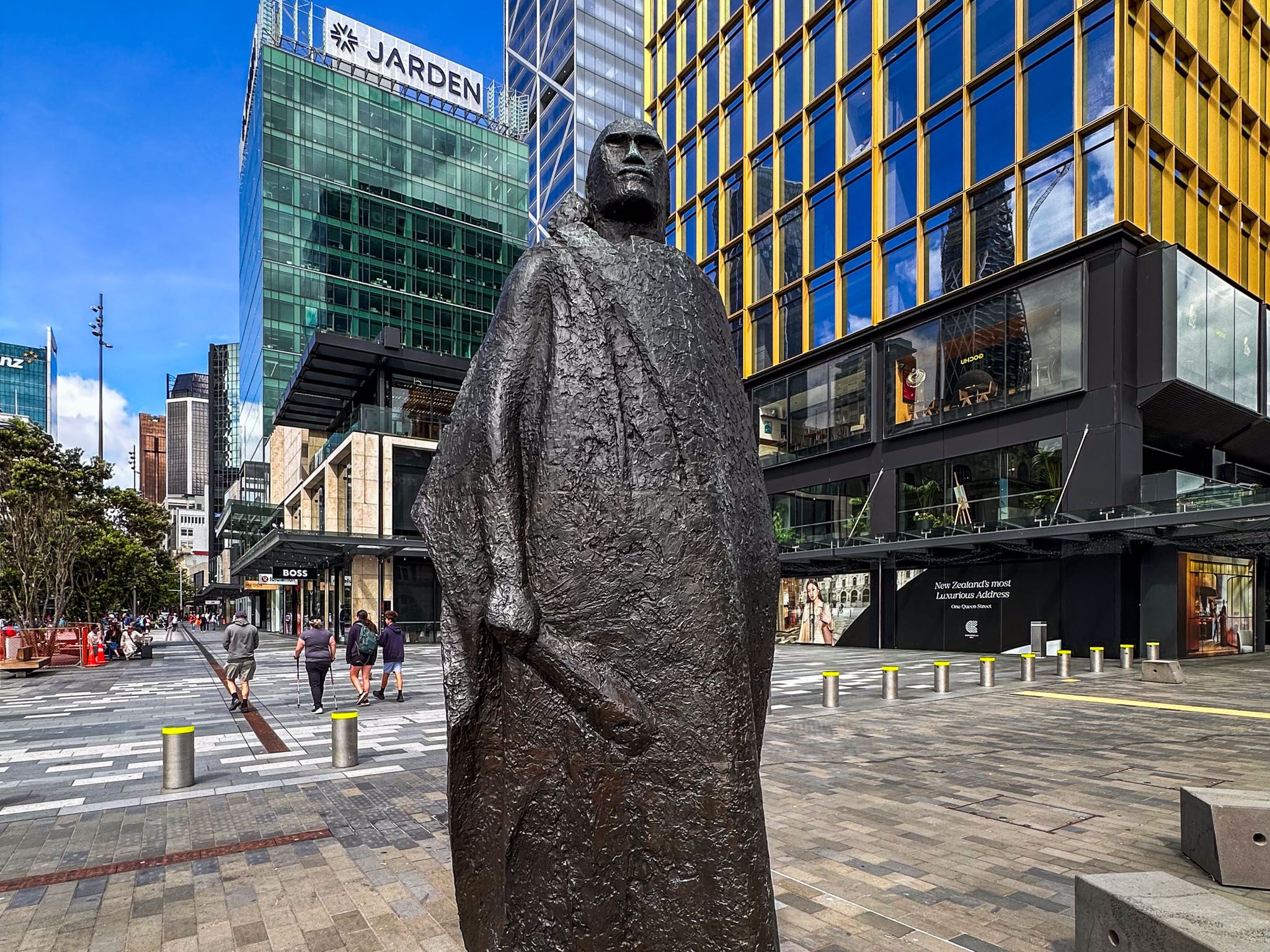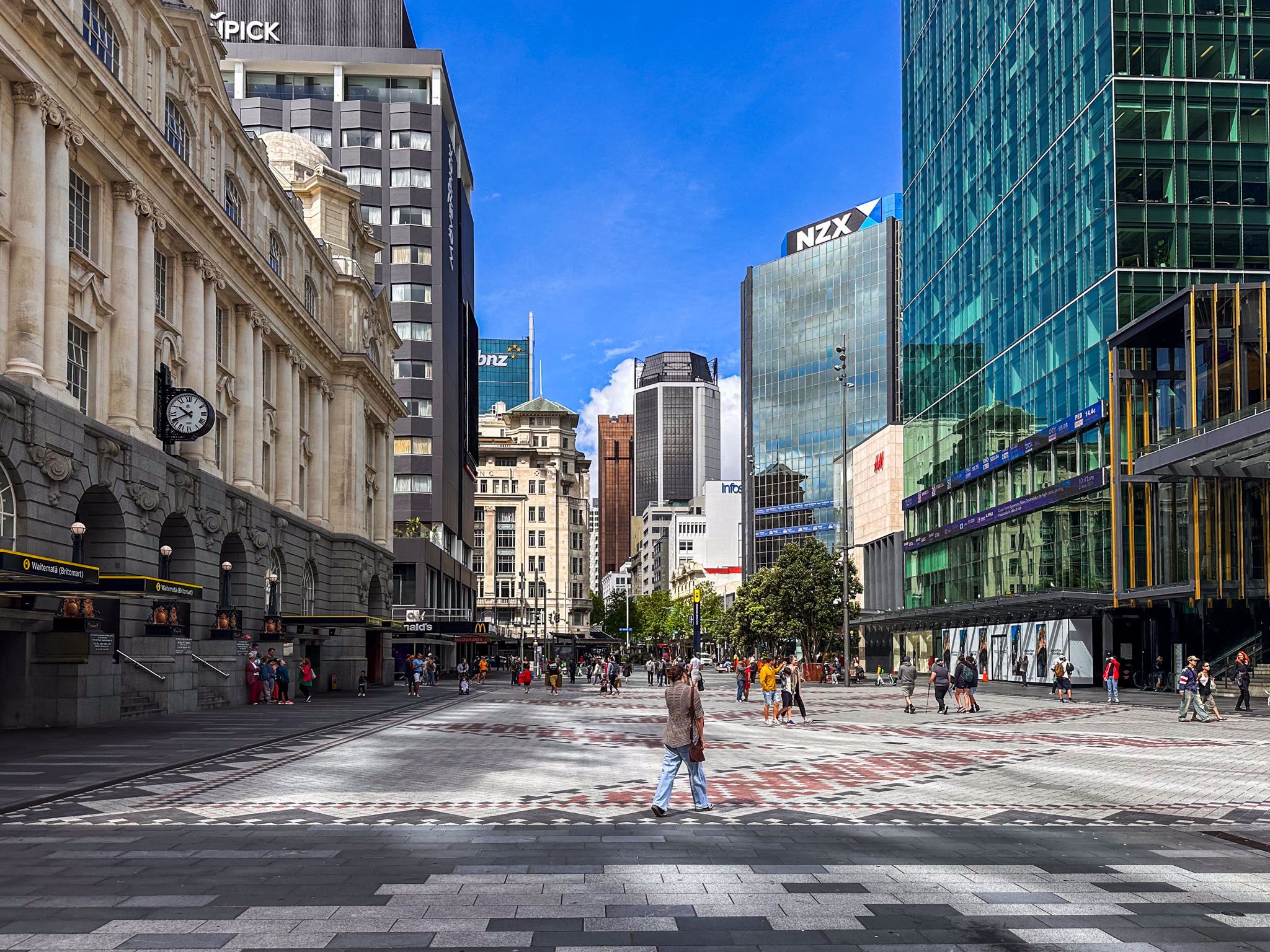Queen Street is the historic and commercial spine of Auckland City, running from the city’s lively waterfront at Komititanga Plaza up to Karangahape Road. Once following the course of the Waihorotiu Stream, this iconic street has evolved over nearly two centuries into a vibrant blend of heritage landmarks, contemporary shopping, student life, and city culture.
In recent years, Queen Street has undergone a slow but steady transformation. Widened footpaths, new cycle lanes, planter boxes filled with native shrubs and young trees, and upgraded paving have helped give the street a more pedestrian-friendly feel, all part of an ongoing effort to create a greener, more welcoming Downtown.
Named after Queen Victoria, Queen Street is roughly three km long and varies in character as it climbs uphill from the flat harbour edge to the steeper slopes leading to K Road. Its northern gateway, Komititanga Plaza, sits between Britomart and Commercial Bay, with the prominent heritage Post Office Building that now houses Britomart Train Station. This plaza replaces what was once the original northern end of Queen Street, built on reclaimed land from the 19th-century waterfront expansion.
The origins of the street trace back to the Waihorotiu Stream, which once flowed freely through what is now the city centre. The stream was buried in the 1880s, but its legacy remains—literally beneath your feet. For a quirky window into the past, stop in at The Cave, a yakitori bar built partly into the rock foundations of the street, where you can dine below ground level in a setting that reveals the foundations on which Queen Street was built.
In 1858, a fire destroyed much of the early timber-built waterfront. However, as Auckland expanded, so too did Queen Street. By the early 1900s, it was lined with stately civic buildings and department stores, and had become the city’s main thoroughfare for parades, protests, and public life. While much of the Victorian and Edwardian architecture was swept away during later development booms, several key buildings still offer a glimpse of old Auckland. These include the elegant Town Hall, the Civic Theatre, Landmark House, Britomart Station, the Post Office and the Ferry Building at the foot of Queen Street. The now dominant modern glass buildings at least provide some nice reflection photos, if you look up.
The mid-section of the street has a distinctly youthful energy, thanks to the nearby University of Auckland, AUT, and other institutions. Aotea Square is a dominant public feature between the Town Hall and the Convention Centre. You’ll also find affordable eats, bookstores, second-hand shops, and street performers. Head a little further uphill and you’ll discover Q Theatre and Basement Theatre, perfect for catching a local play, comedy show, or fringe performance. The top third of the street has more restaurants, the Greek facade of the Baptist Tabernacle Building and access to Myers Park.
At the harbour end, Queen Street has a more polished vibe, catering to cruise ship passengers and high-end shoppers with flagship stores and luxury retailers. This northern precinct feels more connected to the newer developments at the waterfront, although Queen Street itself is gradually catching up.
Despite periods of neglect and the pressure of surrounding revitalisation projects, Queen Street remains a vital part of Auckland’s city centre. Whether you’re shopping, catching a show, exploring its history, or simply people-watching from a bench in Komititanga Plaza, Queen Street offers a window into the heart of the city.
Queen Street is easily accessible on foot from anywhere in Downtown Auckland and is well-connected via public transport. Britomart Train Station sits at its northern end, and buses run regularly along and across the street. If you're arriving by ferry, simply walk up from the nearby Ferry Building. It’s all part of the Queen Street story.
